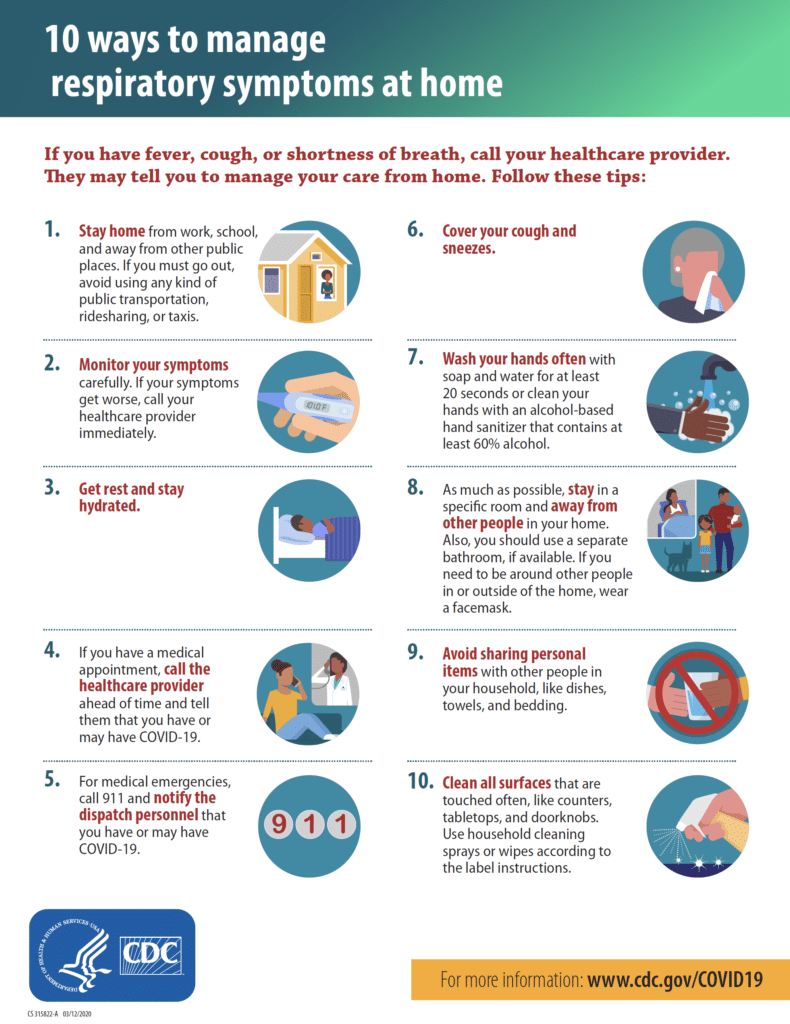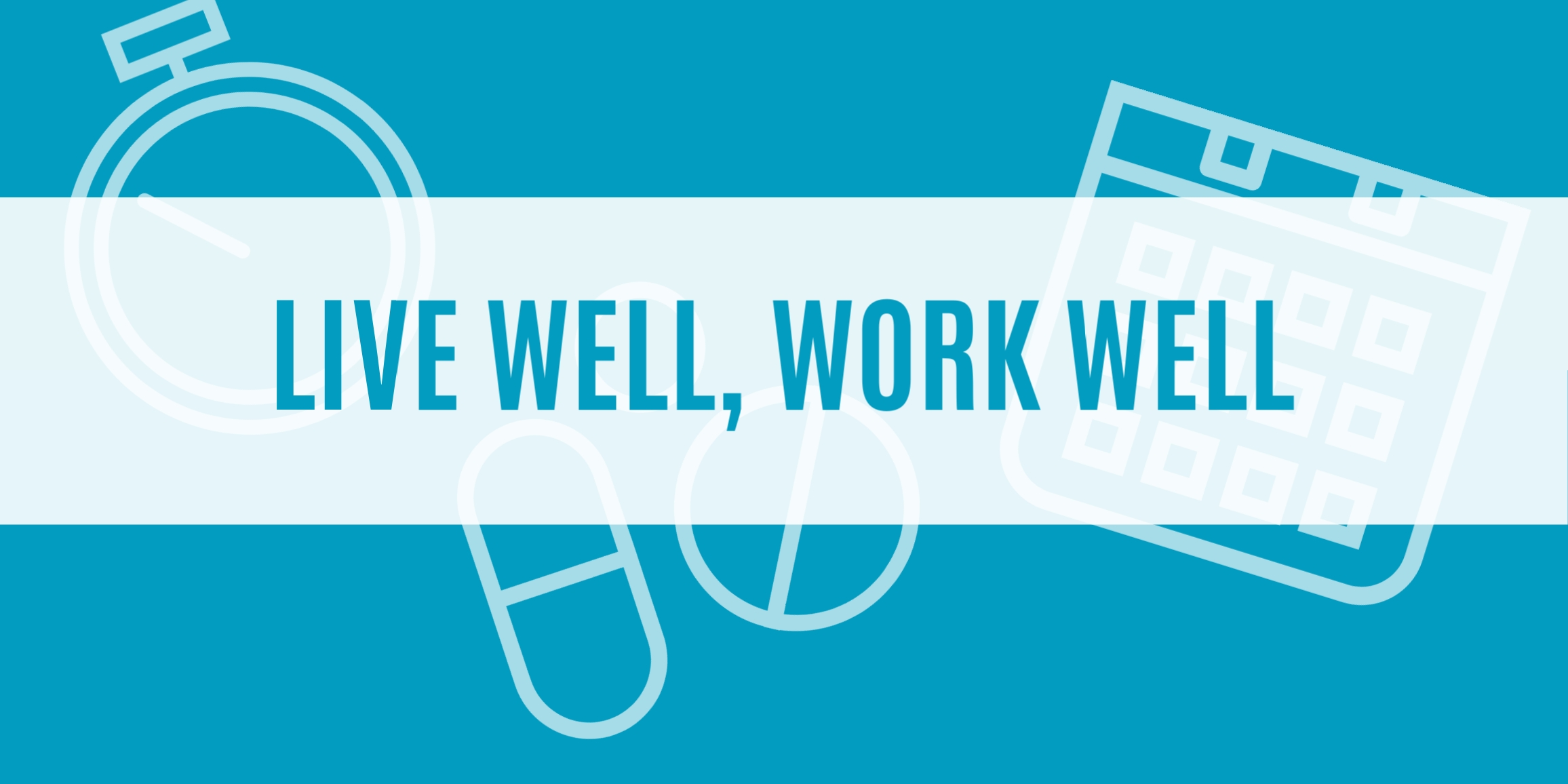23 Mar Office Closing for COVID-10 Letter – Template
If your company has to close the doors because of COVID-19 temporarily, we are pleased to provide a template for your use. To receive your free copy of the template, complete this form, and we’ll email it to the address provided. The document is an editable Word file informing your staff that your organization is […]
23 Mar Telemedicine and the Coronavirus
 As the number of confirmed coronavirus disease 2019 (COVID-19) cases rises daily, hospitals and medical care providers are overwhelmed with phone calls and in-person visits.
As the number of confirmed coronavirus disease 2019 (COVID-19) cases rises daily, hospitals and medical care providers are overwhelmed with phone calls and in-person visits.
Telemedicine and telehealth services are emerging as viable solutions to help lessen the burden on health care facilities and staff, while still providing individuals with the care they need.
23 Mar OSHA Guidance on COVID-19
 The Occupational Safety and Health Act (the Act) was enacted to regulate workplace safety and health. The Act is administered by the Occupational Safety and Health Administration (OSHA).
The Occupational Safety and Health Act (the Act) was enacted to regulate workplace safety and health. The Act is administered by the Occupational Safety and Health Administration (OSHA).
The Act and its accompanying regulations identify a significant number of recognized hazards and establish safety and health standards to address them. However, even when no standard specific to a recognized hazard applies, the Act requires employers to look after their employees’ general safety and health.
23 Mar HIPAA Privacy Rule and the Coronavirus Outbreak
 The U.S. Department of Health and Human Services (HHS) issued a bulletin to remind covered entities and their business associates that the HIPAA Privacy Rule’s protections still apply during a public health emergency, such as the current coronavirus (COVID-19) outbreak.
The U.S. Department of Health and Human Services (HHS) issued a bulletin to remind covered entities and their business associates that the HIPAA Privacy Rule’s protections still apply during a public health emergency, such as the current coronavirus (COVID-19) outbreak.
The bulletin also outlines the different ways that patient information may be shared under the Privacy Rule during an outbreak of infectious disease or another emergency situation.
23 Mar Easing Employee Stress Surrounding the Coronavirus Pandemic
 The coronavirus disease 2019 (COVID-19) pandemic, which was first detected in Wuhan, China in late December 2019, has now spread to over 150 countries, including the United States. As the number of confirmed cases increases daily, employers, employees and their families are experiencing immense uncertainty.
The coronavirus disease 2019 (COVID-19) pandemic, which was first detected in Wuhan, China in late December 2019, has now spread to over 150 countries, including the United States. As the number of confirmed cases increases daily, employers, employees and their families are experiencing immense uncertainty.
As businesses across the country are temporarily closing, many aren’t able to compensate their employees during the closures. While this may not be the case for your organization, many of your employees may be experiencing anxiety and stress due to the pandemic.
23 Mar DOL FAQs: COVID-19 and the Fair Labor Standards Act
 In light of the spread of COVID-19 in the United States, the Department of Labor (DOL) has published answers to frequently asked questions on how employers can stay in compliance with the federal Fair Labor Standards Act (FLSA), which regulates wage and hour conditions for employees.
In light of the spread of COVID-19 in the United States, the Department of Labor (DOL) has published answers to frequently asked questions on how employers can stay in compliance with the federal Fair Labor Standards Act (FLSA), which regulates wage and hour conditions for employees.
When responding to pandemics or other public health emergencies, employers must be aware of the effects these events can have on wages and hours worked under the FLSA. The guidance offered by these answers provides information on common issues employers may face, and will be particularly useful for those who are considering teleworking as a prevention strategy, or those dealing with personnel shortages.
23 Mar Essential Health Benefits Coverage and Coronavirus
 With all the confusion related to coronavirus disease 2019 (COVID-19), you may be wondering how your essential health benefits (EHBs) will cover you. This article will discuss EHBs and how they relate to the COVID-19 pandemic.
With all the confusion related to coronavirus disease 2019 (COVID-19), you may be wondering how your essential health benefits (EHBs) will cover you. This article will discuss EHBs and how they relate to the COVID-19 pandemic.
What are EHBs? From the HealthCare.gov website, EHBs are “a set of 10 categories of services health insurance plans must cover under the Affordable Care Act. These include doctors’ services, inpatient and outpatient hospital care, prescription drug coverage, pregnancy and childbirth, mental health services and more.”
Basically, EHBs are categories of coverage that your health insurance plan must include. The specifics of the plan and what it covers will vary depending on the employer. If you’re unsure what your health plan covers, speak with human resources to learn more.
23 Mar 10 ways to Manage Respiratory Symptoms at Home
If you have fever, cough, or shortness of breath, call your healthcare provider. They may tell you to manage your care from home. Follow these tips provided by the CDC.
This fact sheet from the Centers for Disease Control and Prevention explains how patients can manage their coronavirus disease 2019 (COVID-19) symptoms from home. Download the complete "10 ways to manage respiratory symptoms at home"
Download the complete "10 ways to manage respiratory symptoms at home"


 For many, working from home is just a daily routine. For people unfamiliar with remote work, it can take some getting used to.
For many, working from home is just a daily routine. For people unfamiliar with remote work, it can take some getting used to.